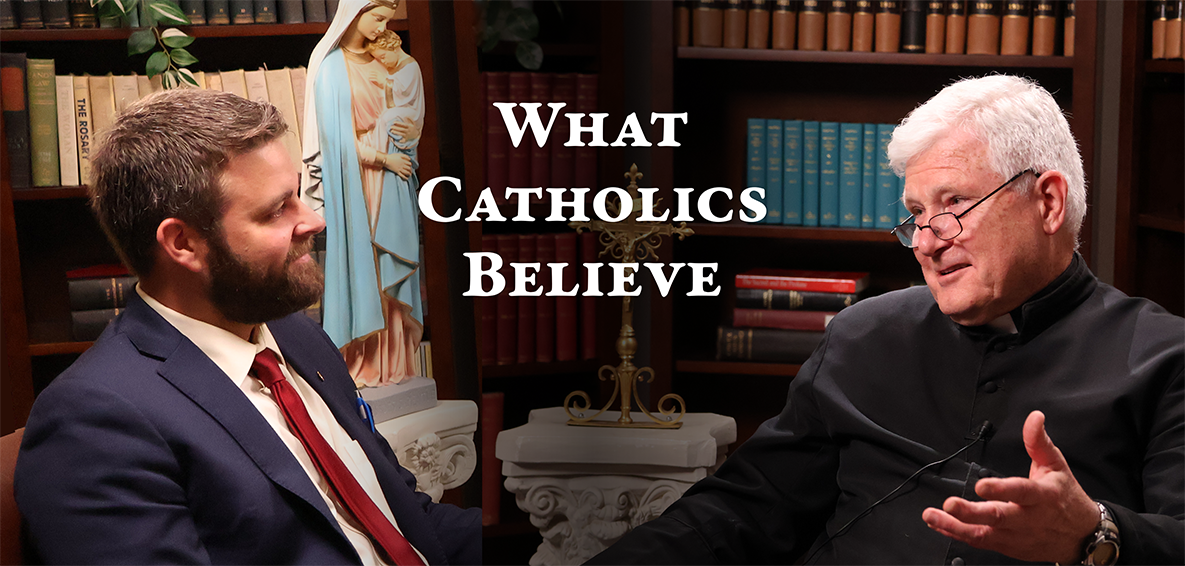The Sign of Contradiction
The Sacred Heart of Jesus has become that sign of contradiction to the “modern” world, the world in which we now live.
We read in the Gospel of Saint Luke [2:34f.] that, when the Blessed Mother carried the newborn Jesus to the Temple, the prophet “Simeon blessed them, and said to Mary His mother: Behold this Child is set for the fall, and for the resurrection, of many in Israel, and for a sign that shall be contradicted. And thy own soul a sword shall pierce, that, out of many hearts, thoughts may be revealed.” Saint John tells us [20:34-36] that when Jesus Christ died upon the cross, the soldier took a lance and opened Our Lord’s heart, from which issued blood and water, thus certifying His death. From that moment, that Sacred Heart of Our Lord Jesus Christ became a pre-eminent source of devotion for Christians and, in our own day, a prominent sign of contradiction.
During the 4th Century, the great Father and Doctor of the Church, Saint Augustine, wrote lovingly of the Heart of Jesus, so that subsequent depictions of Saint Augustine often portray him holding aloft the Sacred Heart of Jesus and lovingly fixing his gaze upon it as an object of contemplation and a source of inspiration. The great German religious and mystic, Saint Gertrude the Great, raised the standard of the Sacred Heart in her own prayerful writings of the 13th Century, even learning from Saint John the Apostle that devotion to the Sacred Heart was reserved as the great devotion of the latter times of the world’s history. In 1680’s France, a young Sister Margaret Mary Alacoque received the well-known series of Our Lord’s visitations, during which He confided His Sacred Heart to her and disclosed the great love of His Heart for mankind, which rewards His love with “forgetfulness, negligence, and contempt.”
The early Jesuit Order founded by Saint Ignatius Loyola cultivated a loving devotion to the Sacred Heart of Jesus. Missionaries and scholars of the Jesuits filled libraries with their prodigious learning, and included as the frontispiece of their many written works the emblem of the Sacred Heart of Jesus. The Church’s enemies fixated on that image of the Sacred Heart with a special hatred. The devilish Voltaire stated that, if one wanted (as he did), to destroy the Catholic Church, one would have to start by destroying the Jesuits. The Jansenist heretics, the latter-day Gnostics (the Illuminati), the revolutionaries of “the Enlightenment,” the secret societies, all bent their malicious energies against the Sacred Heart and all that It represents. Pope Clement XIII (1758-1769) courageously resisted them and resolutely promoted devotion to the Sacred Heart of Jesus. The following pope, Clement XIV (1769-1774) became a tool of the Freemasons and did their bidding by suppressing the Jesuit Order throughout the world. Nubius, a head of the Italian Freemasons (the “Carbonari”) would later write, in what became known as “The Permanent Instruction of the Alta Vendita," that Clement XIV was exactly the kind of pope the Freemasons needed again to gain control of the Catholic Church and make it the vehicle of their revolution. Nubius said they could control a man such as Ganganelli (Clement XIV’s family name) by threats and by flattery. Nubius outlined the plan to infiltrate the Church in order to secure such a pope.
When Clement XIV suppressed the Jesuits, the Church’s enemies rampaged through their houses and their great libraries, destroying all images of the Sacred Heart. Certainly, the Sacred Heart of Jesus is that “sign of contradiction” today, and the Sacred Heart must be the rallying point for the Catholic Faithful.

